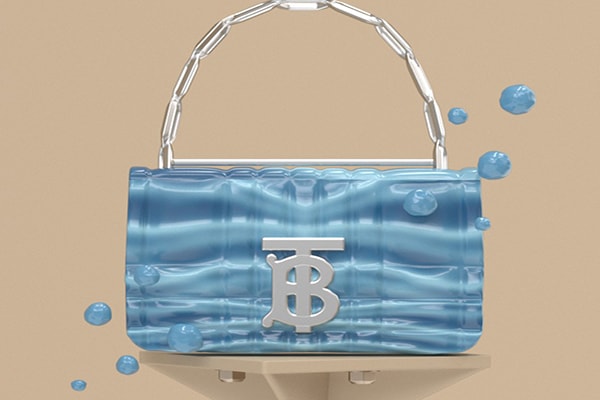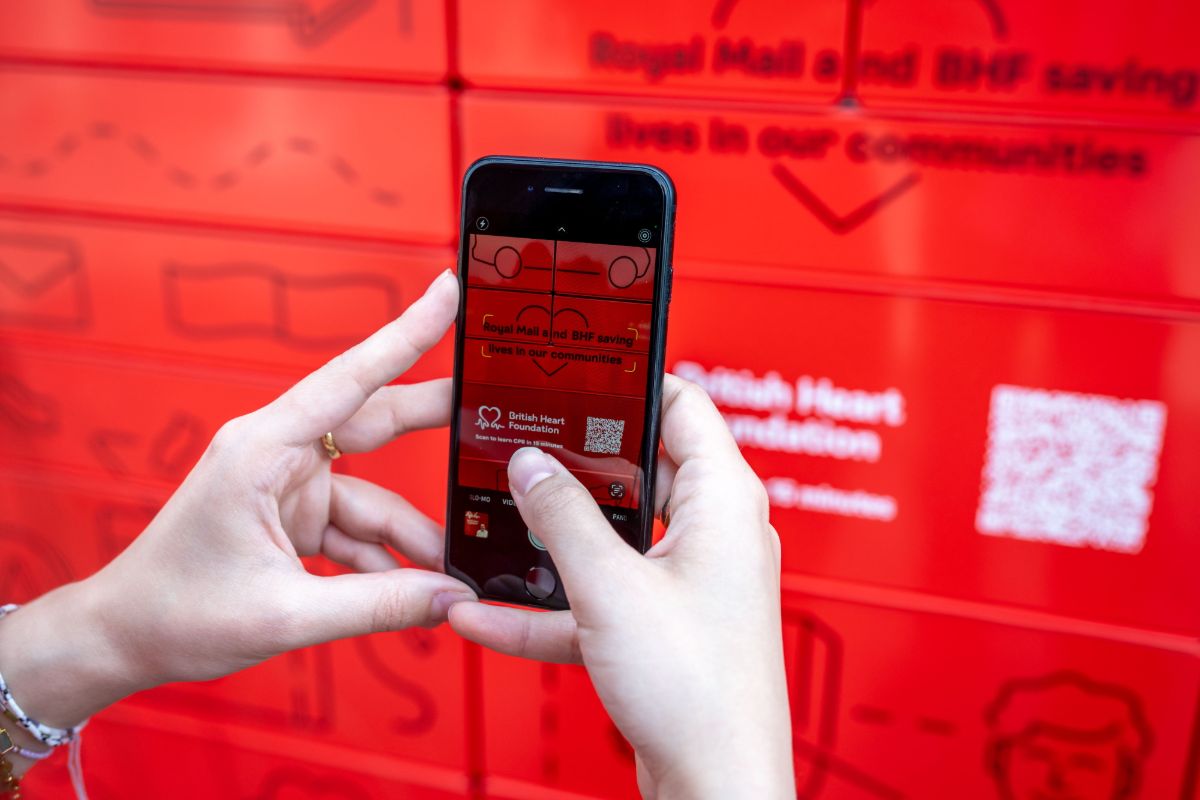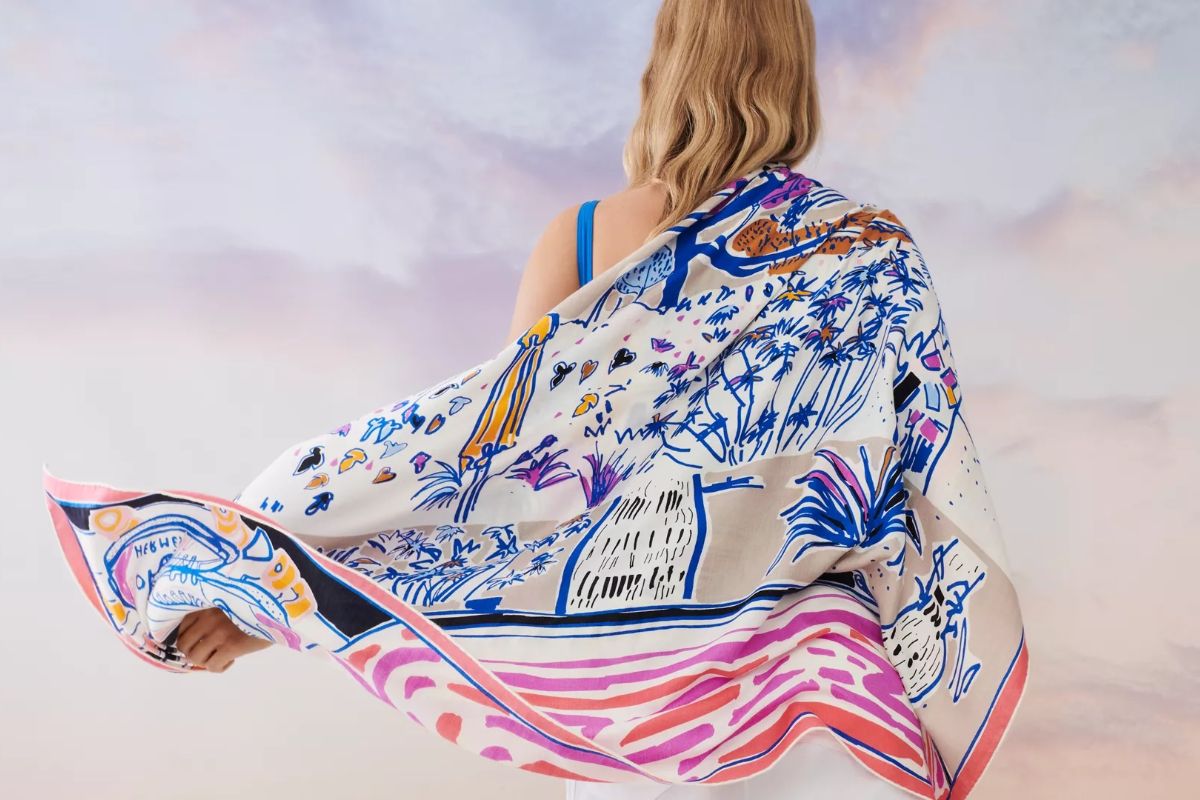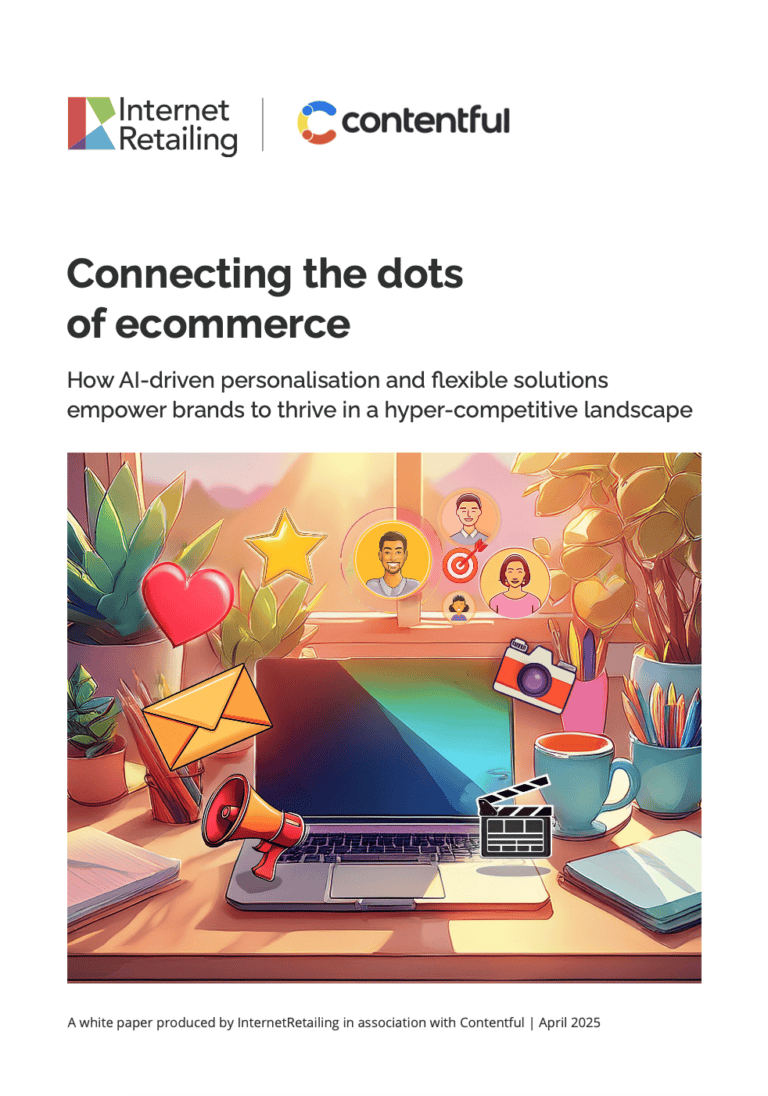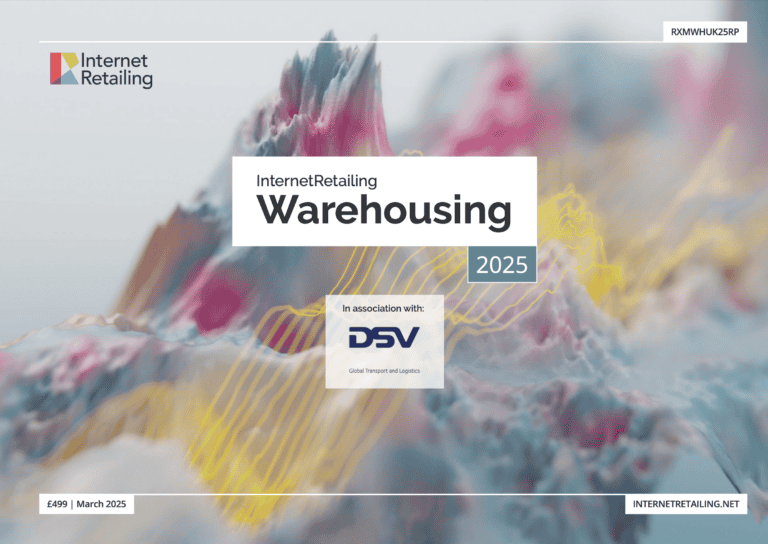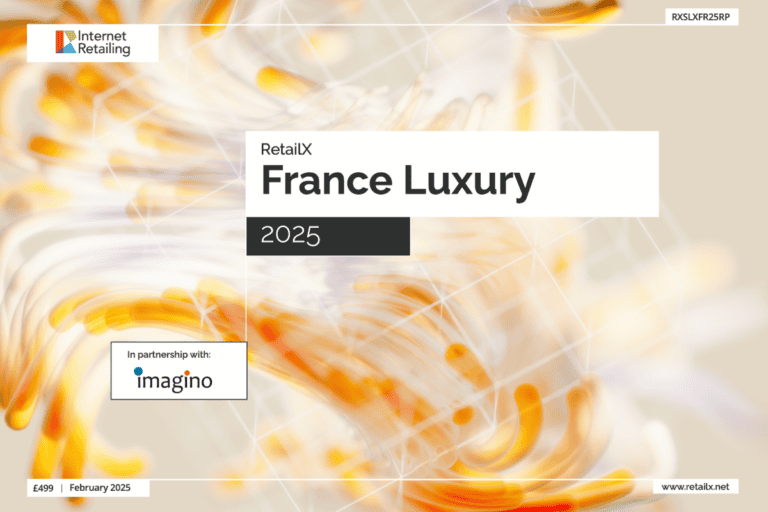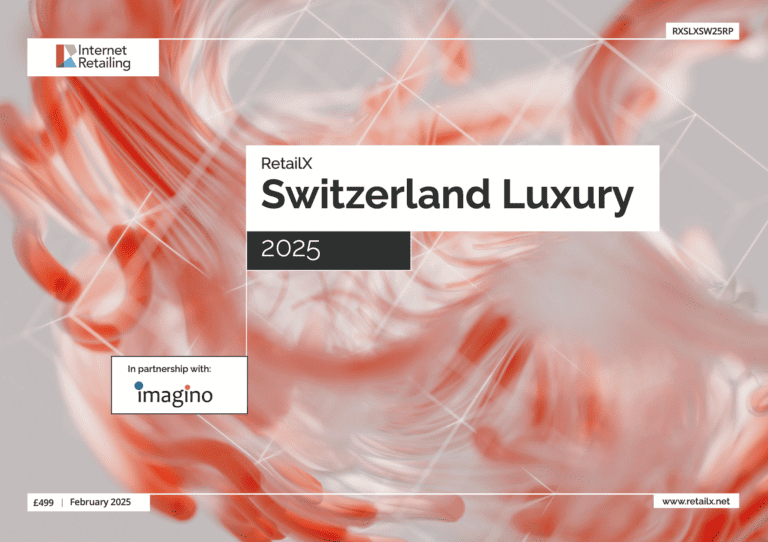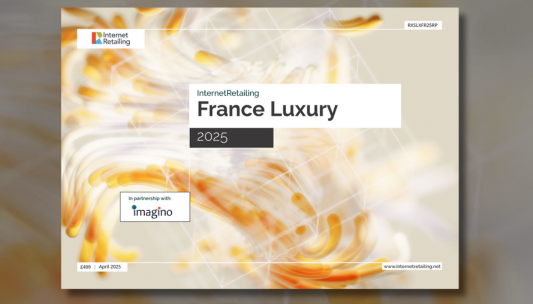
Michael Colarossi explores metaverse opportunities for apparel and footwear brands
Honestly, I didn’t get it. And then, I started to hear a common refrain from my thirteen year old, “Hey dad, can I have $15 to buy a skin for my character?” on any number of gaming platforms on which he is active.
The fashion industry “gets it” and is sizing up opportunities in the metaverse. While the potential for commerce and brand-building has yet to be proven in Web3 spaces, the world’s ongoing love affair with technology suggests it will become a revenue-generating channel in the not-too-distant future. In fact, the digital fashion industry could be worth $50 billion by 2030[1], according to figures from investment bank Morgan Stanley. Unquestionably, the metaverse and its potential cannot be ignored.
How do fashion and the metaverse intersect, and how might the apparel industry benefit? The metaverse is a digital space where users can recreate the activities they do in real-life – such as connect with friends, attend gigs, go shopping, and play games – from the comfort of their own homes. (This experience will be best enjoyed wearing a VR headset.) As with other digital realms, people are represented by the avatar of their choice, and it’s likely that the style-conscious won’t have their avatars wearing any old thing. And this is where virtual stores, fitting rooms, catwalk shows, and digital wearables come in.
Brave new world of branding
Fashion is beginning its foray into the metaverse by teaming with the gaming aspects of platforms such as Roblox, Decentraland, and Sandbox.
Sports brands and luxury labels including Balenciaga, Gucci, and adidas[2] have released virtual wear – digital merch for gamers and metaverse explorers to acquire to spruce up their avatars. adidas unveiled its first NFT (non-fungible tokens) collection of wearables, adidas Virtual Gear[3] in November last year, described as “a new, interoperable product category”. Owners of adidas Virtual Gear can style their metaverse NFT profile pictures (PFPs) with the unique digital assets they’ve invested in.
Selling wearables and NFTs is one option. But there are clearly opportunities for fashion brands to showcase their real-life, physical clothing ranges too, with immersive catwalk shows, competitions, and pop-up stores within metaverse communities. Signed-up brand fans can enjoy interactive content and learn more about the real garments they are purchasing in stores. The ability to customise designs will be massive in the metaverse, and this could feed a growing trend we’ve seen in physical fashion in recent years. How fascinating that Nike .Swoosh[4] members will soon be able to compete to create digital sneaker designs, working alongside the brand’s design staff, for sale on the metaverse.
Real garment digital IDs in the metaverse
What excites me most about the metaverse is how it bridges physical products with their digital manifestation. Technology exists today to assign a unique digital identification to a physical item, often via a trigger like a QR code. We can then assign any manner of information – branding, authenticity, transparency, product care, etc. – to that QR code, which can be unlocked and stored in cyberspace. In the future, we may all own a digital wardrobe containing IDs for our real-life clothes, and these will help us care for items, prolong their life, and dispose of them in environmentally-responsible ways. This aligns well with the incoming EU laws that will soon make it mandatory for garments to have Digital Product Passports (DPPs), as part of sweeping sustainability legislation[5].
When virtual re-selling takes off, digital twins will be hugely helpful. A garment’s provenance, material make-up, and owner history can be easily shared online via the digital twin, so the next owner of the real item has everything they need. Brand authenticity could also be managed in the metaverse, using stored garment data.
Connecting innovation with tradition
The fashion industry is under pressure to adopt circularity models, so building this degree of transparency about garments should be a no-brainer. With DPPs and garment ID technology readily available today, brands are already experimenting with ways to give customers access to data and advice. Ideas for upcycling garments could be brought to life in metaverse spaces, for example. And it’s hoped that ‘try on’ virtual garments and accessories will give shoppers a failsafe 3D view of how they look in the real items they’re considering buying. As the technology improves, this could help brands tailor sizing better, alter designs that don’t fit well, and ultimately cut down on e-commerce returns and apparel waste.
What’s wonderful is that the metaverse is already stimulating collaborative projects that will breathe new life and creativity into fashion. At NRF this year, Avery Dennison demonstrated to delegates how the consumer experience can be enhanced by scanning digital triggers on a t-shirt, and opening up AR content. Denis Rossiev[6], an award-winning metaverse artist, partnered with Avery Dennison to create this augmented reality experience, which celebrates the influence tech is having on fashion shopping. He created the shirt’s signature graphic which allows the wearer to be transported into a virtual world.
Innovations like this are coming thick and fast. Metaverse Fashion Week[7] hosted by Decentraland, will take place in March, and if it’s anything like last year’s event, it will celebrate what long-established brands can achieve when teaming with contemporary artists and technologists.
It’s going to be fascinating to watch the metaverse mature. We can expect ever more sophisticated gamification in fashion, and a wealth of personalisation opportunities around avatars in virtual social worlds. If the metaverse can also promote greener ways of enjoying brands, and managing apparel consumption, it will be a place worth visiting.
And yes, my wallet is $15 lighter… many times over.
Author
Michael Colarossi is vice president, innovation, product line management and sustainability, Solutions Group, Apparel Division, Avery Dennison
[1] https://www.businessoffashion.com/news/technology/metaverse-a-50-billion-revenue-opportunity-for-luxury/
[2] https://www.adidas.com/metaverse
[3] https://atelier.adidas.com/
[4] https://www.wired.co.uk/article/nike-will-let-people-design-and-sell-sneakers-for-the-metaverse
[5] https://explore.averydennison.com/dpp-guide/p/1
[6] https://awesome-ar.com/
[7] https://mvfw.org/
